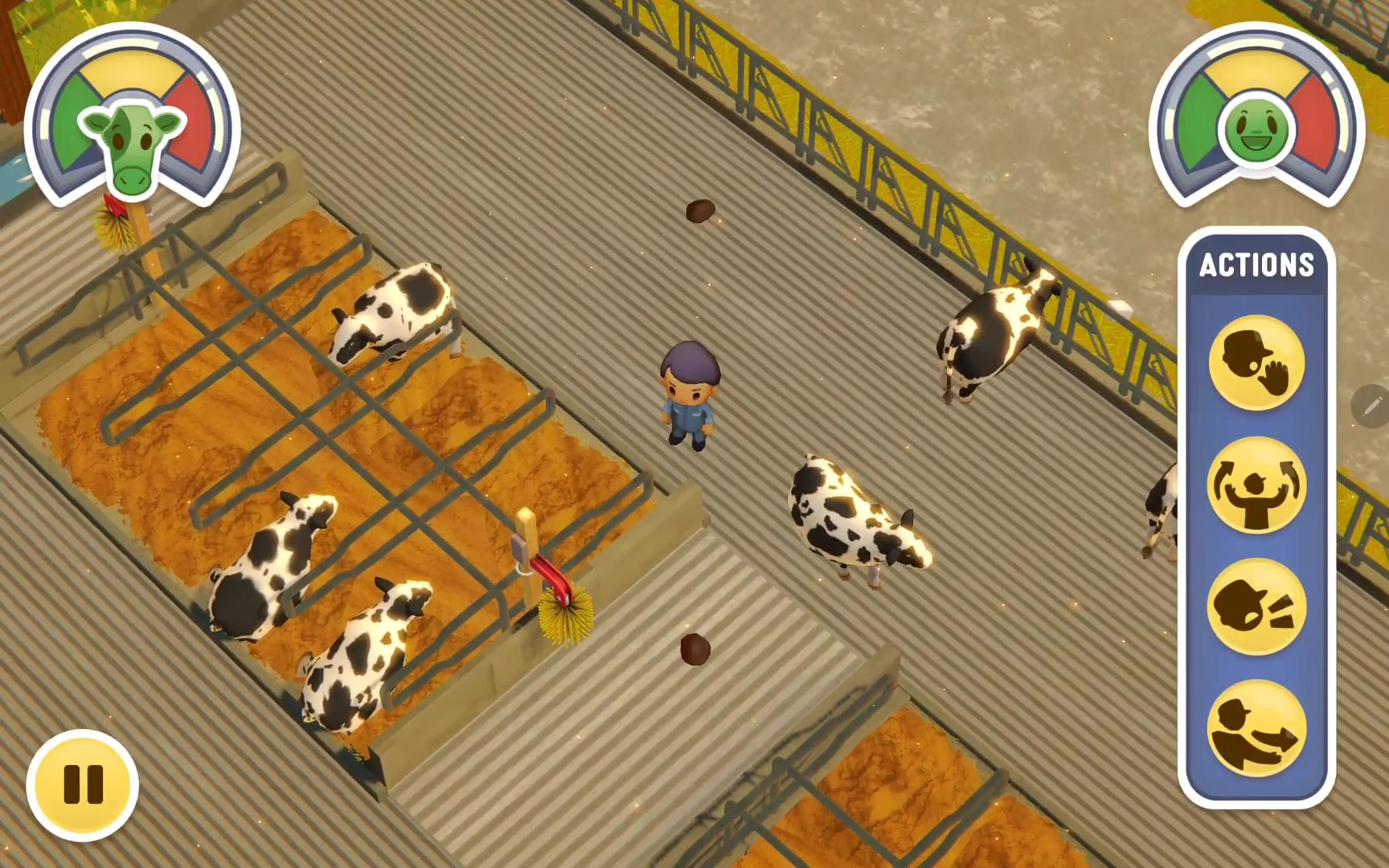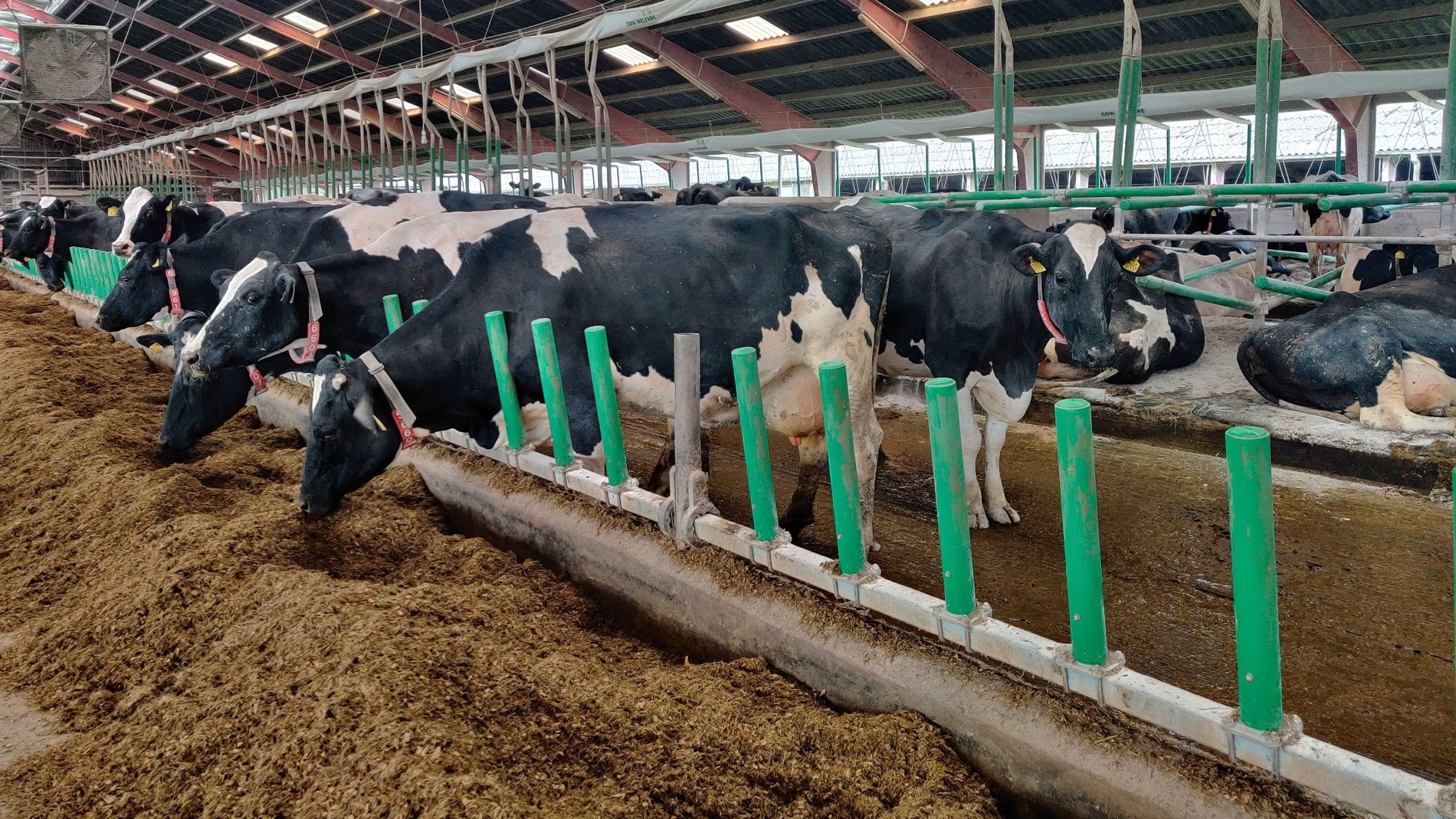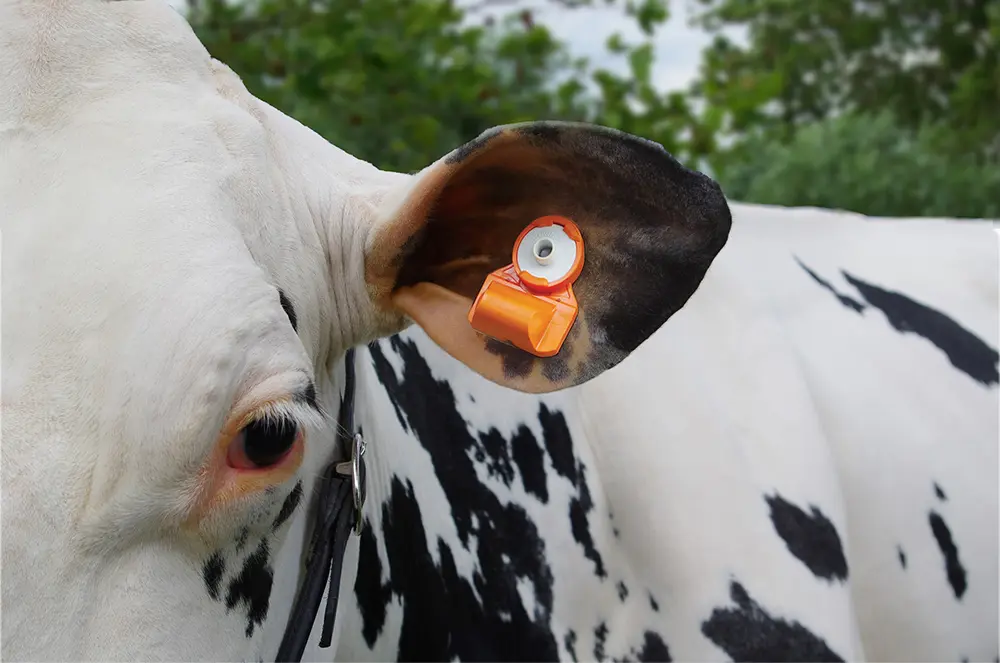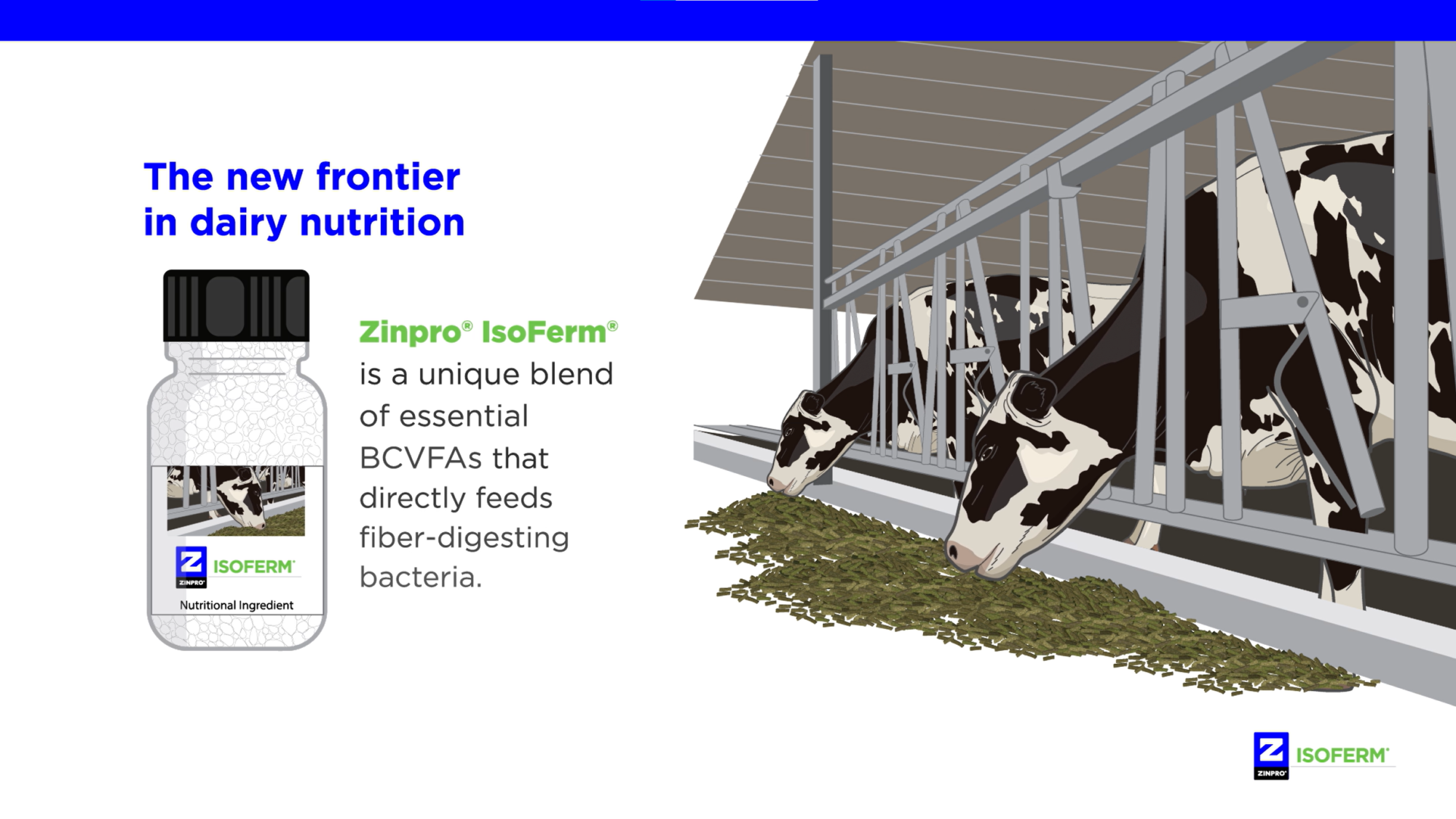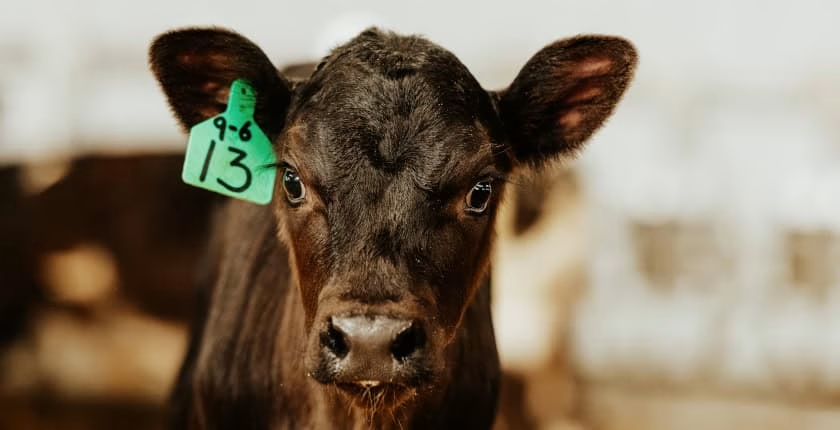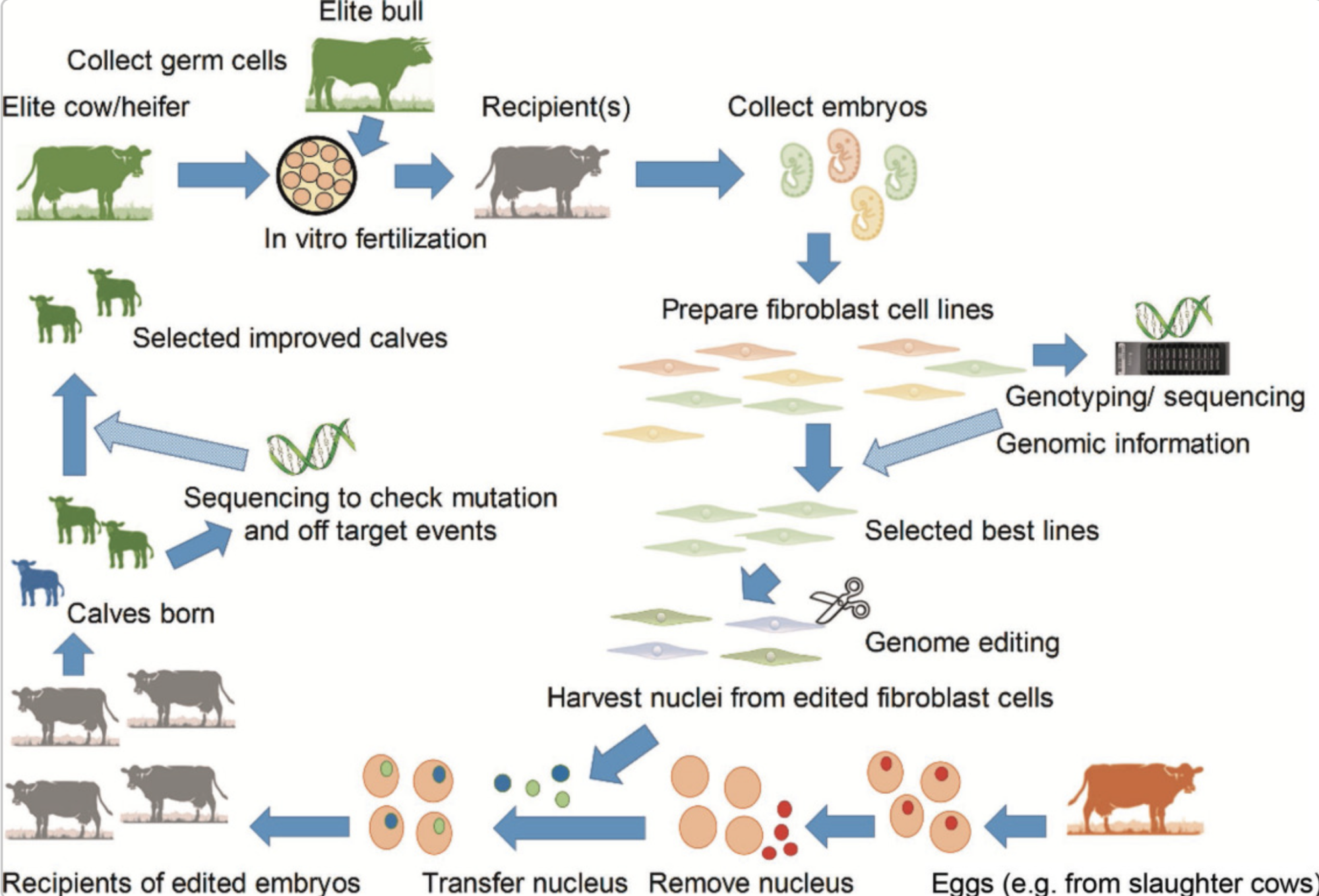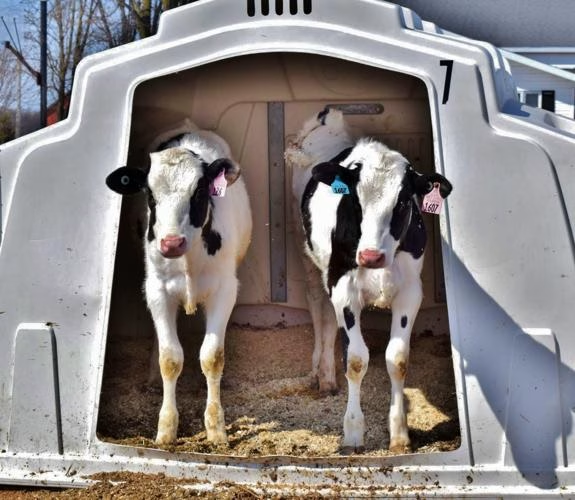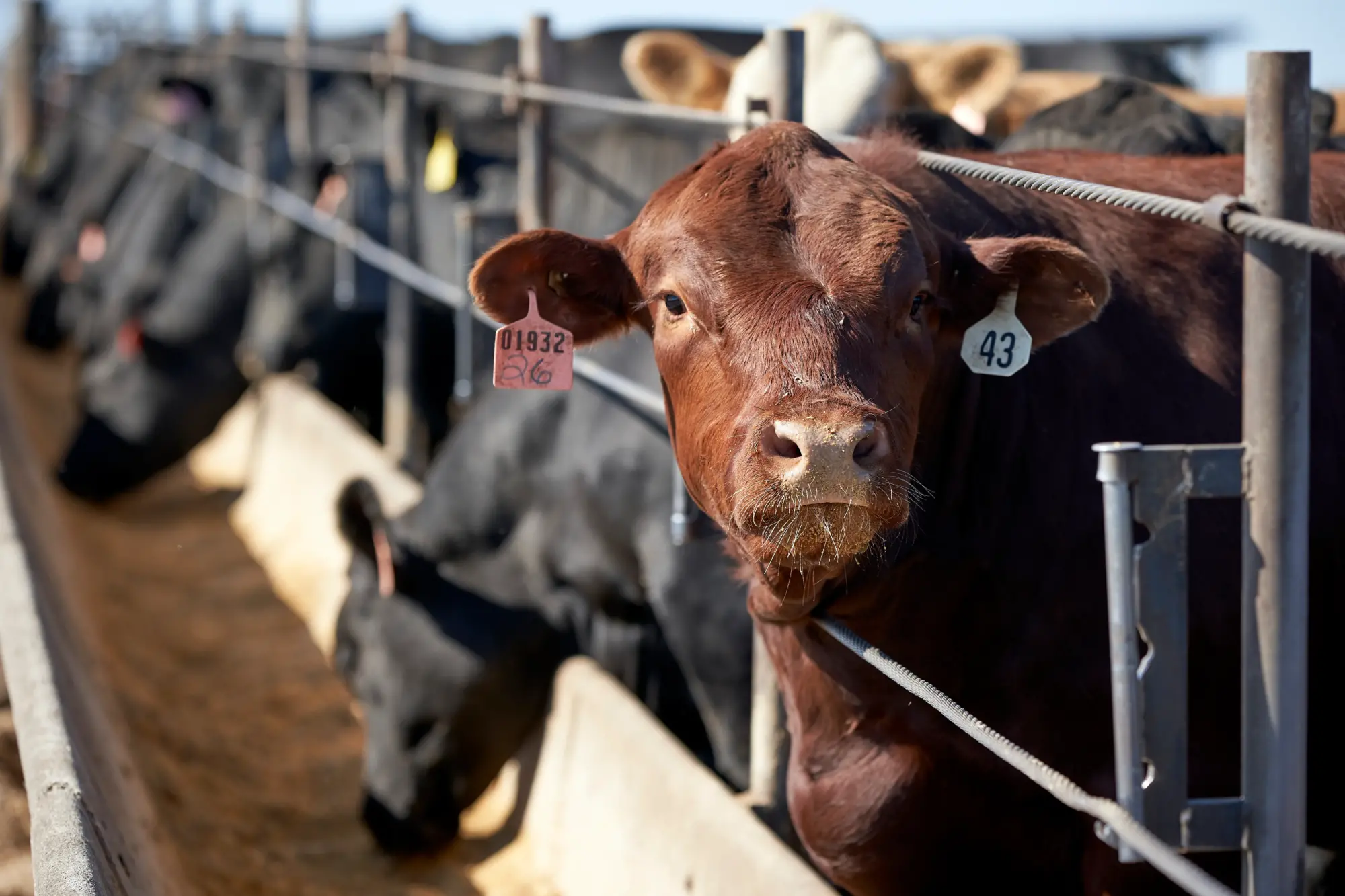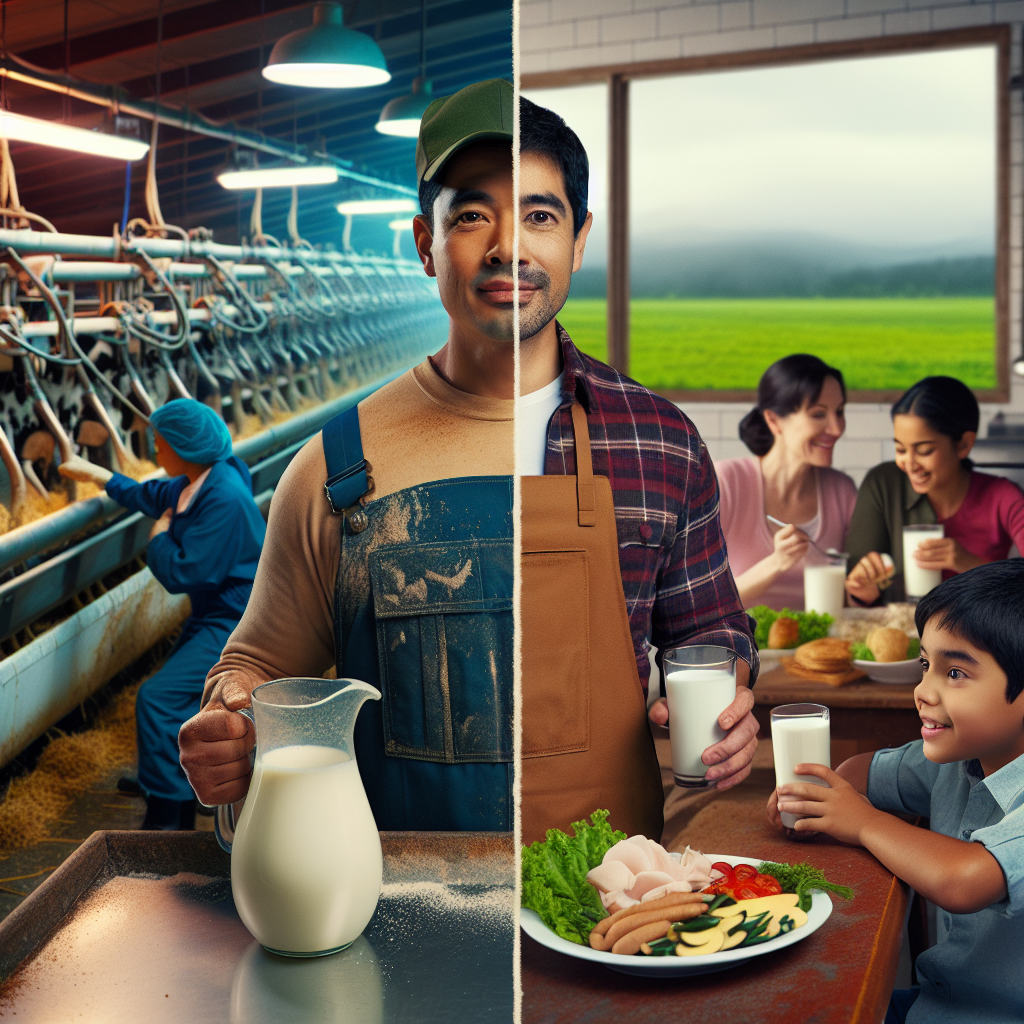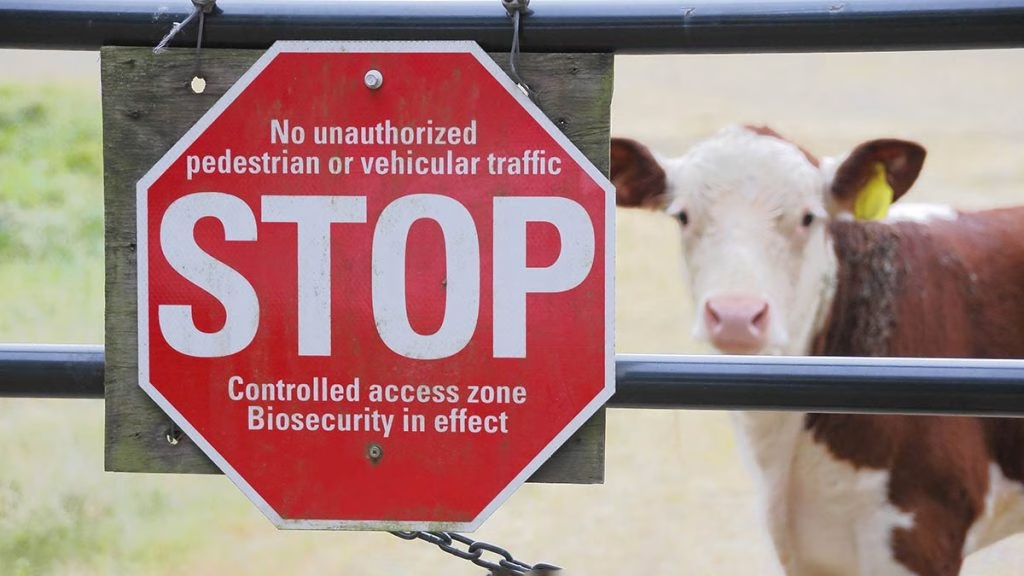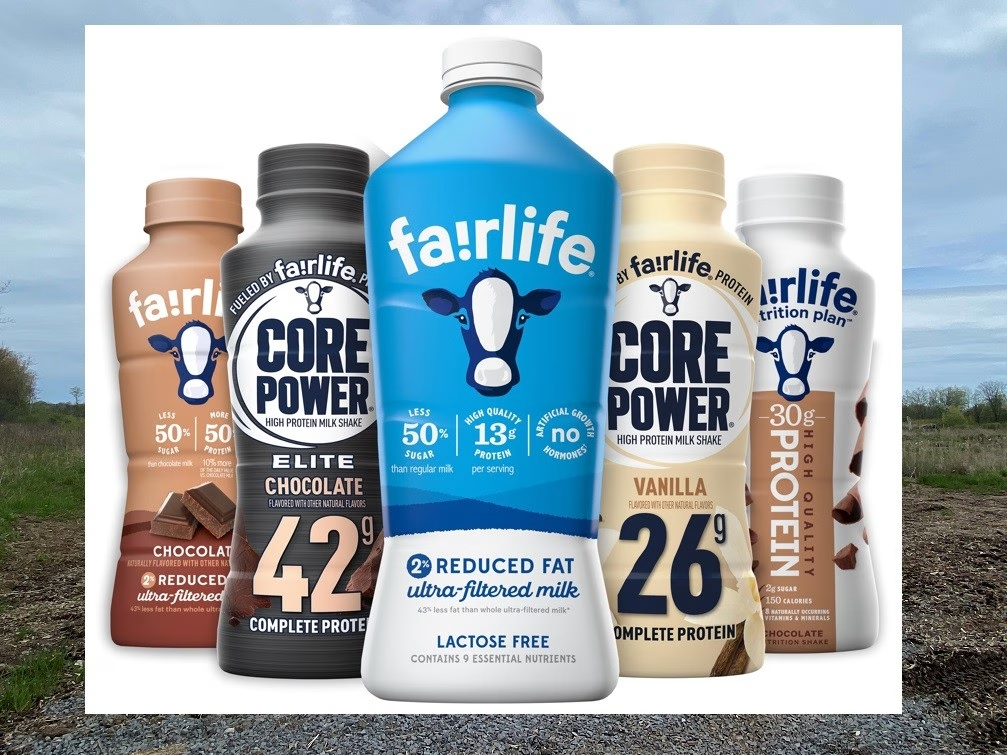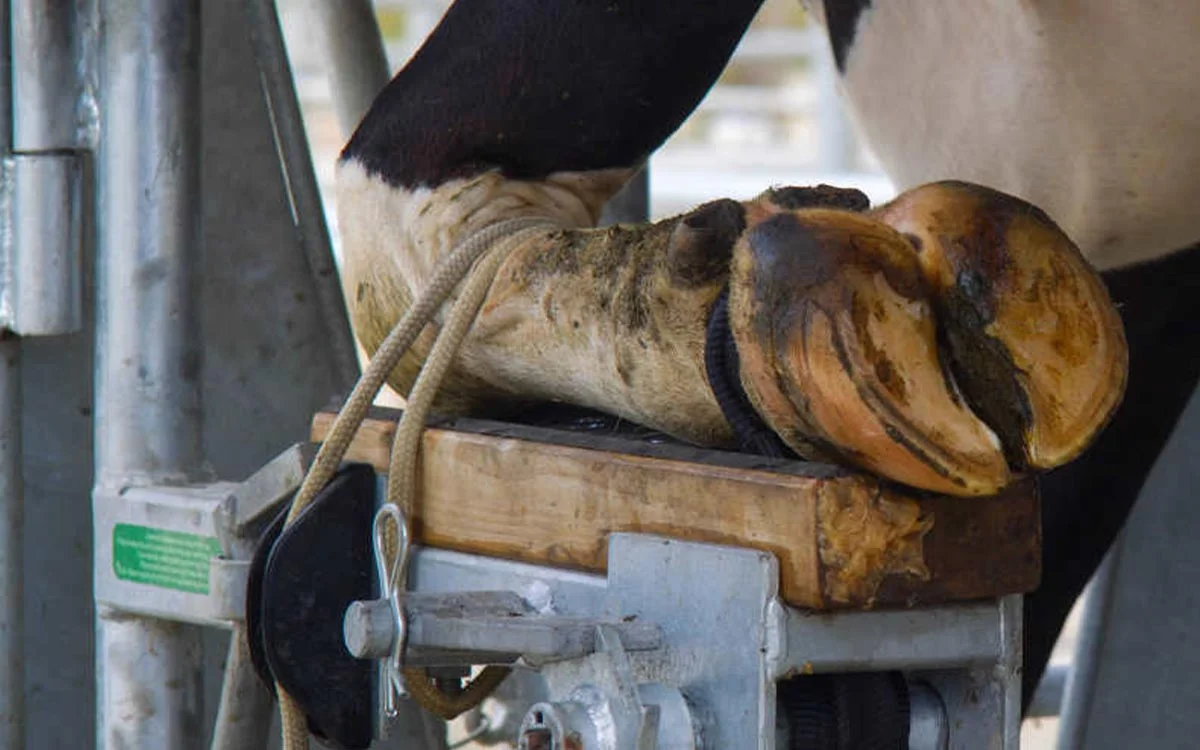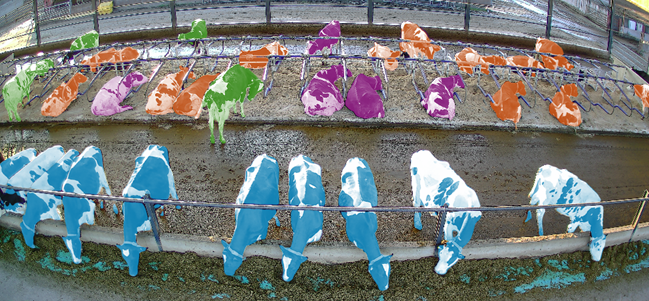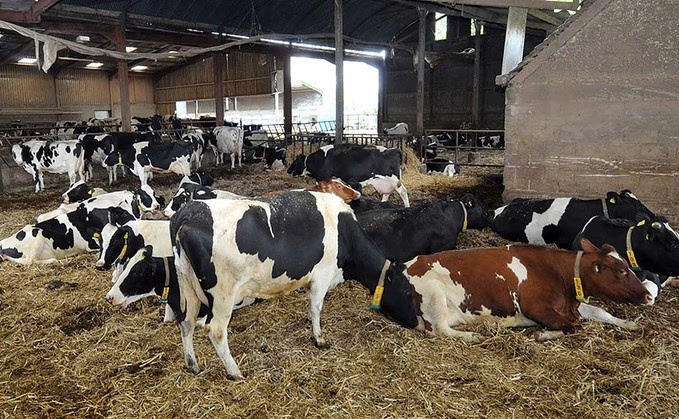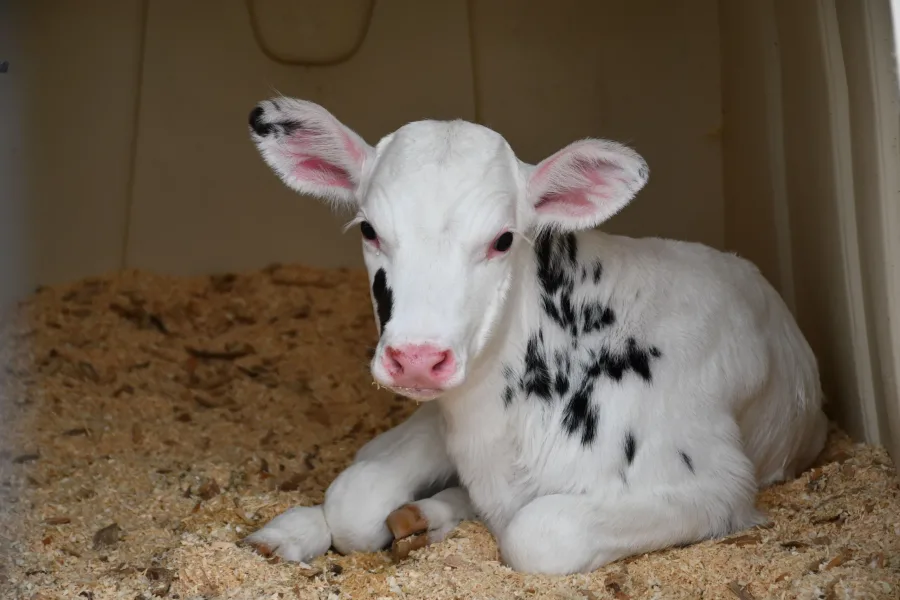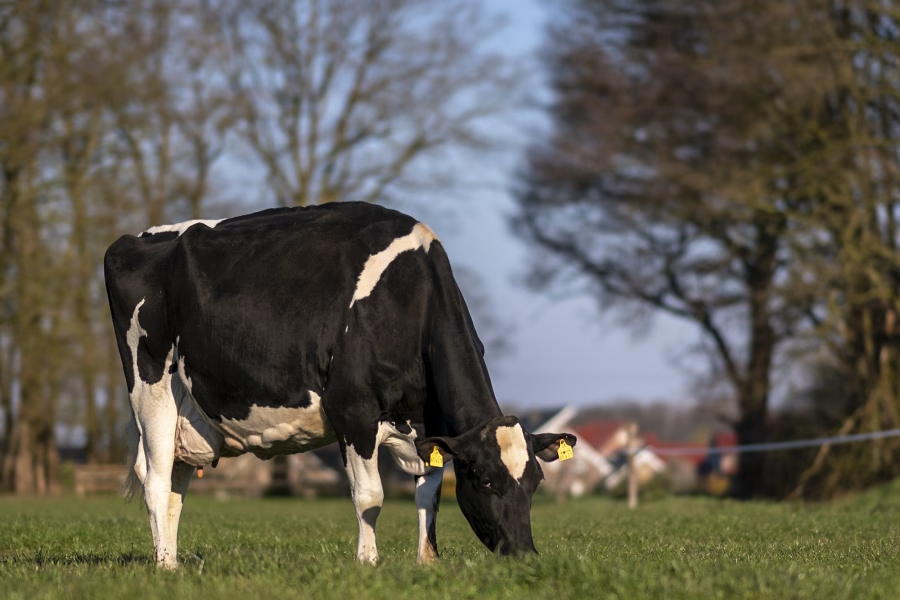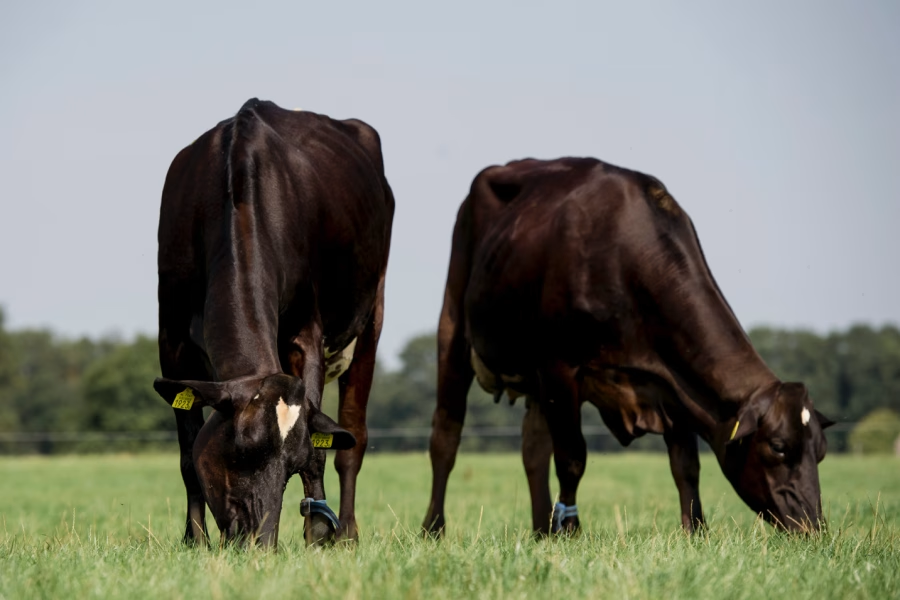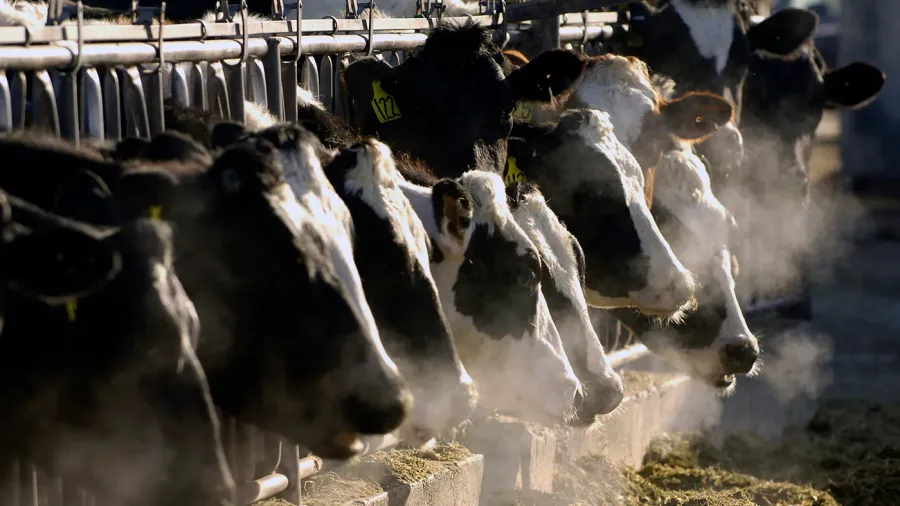Unlock the future of dairy farming. Ready to redefine breeding for 2028 and beyond? Discover strategies to enhance your herd’s potential.
In the dynamic world of dairy farming, where tradition intertwines with innovation, balanced breeding emerges as a harmonious blend of artistry and scientific precision, forming the industry’s foundation.
In the early 1900s, pedigree balancing was the mainstay, much like a fabled chess game in which breeders strategically matched lineage and heritage, weaving the threads of future generations. Fast-forward to today and the landscape has transformed—it is not just about balance. It involves ensuring survival and achieving excellence in a rapidly changing global dairy industry, highlighting its evolution and the urgent necessity for modern breeding practices. Despite the advancements in current systems, many dairy farmers and industry professionals continue to rely on balanced breeding.
All this demands that dairy farmers and industry professionals question whether the notions of the past are sturdy enough to support tomorrow’s ambitions. By challenging historical breeding beliefs, they are urged to evaluate the efficiency of their present approaches. Are we breeding with future goals, or are traditional methods hindering our progress? Is it time to unravel the intricacies of balance in breeding as the industry confronts the silent revolution pushing dairy cattle breeding toward new horizons?
The Evolution of Dairy Cattle Breeding: A Century’s Journey from Pedigree to Precision
| Time Period | Breeding Focus | Key Innovations | Challenges |
|---|---|---|---|
| 1900s – 1930s | Pedigree Balancing | Lineage Documentation | Lack of Data |
| 1940s – 1965 | Phenotypic Data Utilization | Progeny Testing | Avoidance of Production-Type Mix |
| 1965 – 1990 | Production and Type Balancing | Trait Performance Analysis | Balancing 50:50 Production:Type |
| 1995 – 2020 | Total Merit Index (TMI) Ranking | Genomic Selection | Over-reliance on Historical Data |
| 2020 – Present | Precision Genetics | Genomic Indexes | Need for Strategic Focus |
The development of balanced breeding in dairy cattle has changed a lot over the past century.
Forging Foundations: The Art of Pedigree Balancing in Early 20th Century Dairy Breeding
In the early 20th century, North American dairy cattle breeders faced formidable challenges that shaped the beginnings of balanced breeding. From the 1900s to the 1930s, breeders relied on pedigrees and family lines, as they did not have organized farm data systems to help them make decisions. This emphasis on pedigrees paved the way for a breeding approach where intuition and historical wisdom were the cornerstones of decision-making.
Early breeders’ unwavering commitment was to maintain a balance among successful cattle families, ensuring the preservation of good traits by selecting proper lineages. Although this approach could have been more precise, it did help improve Holstein breed quality. By aligning family strengths and balancing bloodlines like Posch and Abbekerk, early breeders set the stage for what would later become more scientific breeding methods, underscoring the crucial role of experience in the field.
Deciphering Data: The Mid-20th Century Shift Towards Phenotypic Precision in Dairy Breeding
During the mid-20th century, dairy cattle breeding considerably changed using official phenotypic data. This shift happened when breeders started using accurate data to address common issues in Holsteins, like deep udders and low butterfat percentages. This data helped breeders make more accurate choices, moving beyond just using pedigrees to focus on measurable traits.
Still, there was a gap even with the focus on phenotypic data. Breeding often kept production traits, like milk yield and butterfat, separate from type traits, such as udder depth and overall structure. Breeders could fix specific problems but still missed connecting a cow’s production abilities and physical features. As a result, breeding could improve one area while ignoring another, highlighting the need for balance in these practices.
Striking the Right Chord: The 1960-1990 Era of Balanced Breeding in Dairy Cattle
During the lively period between 1960 and 1990, dairy breeding focused on balancing production and type. This emphasis on balancing production and type highlights the industry’s focus on creating productive and structurally sound cattle.
One example was Master Breeder Cliff McNeil (Heather Holme), who practiced a unique method that left a lasting impact. His approach involved alternating breeding goals for each generation, focusing on milk production in one generation and physical traits in the next. This method prevented any single trait from becoming too neglected. McNeil’s technique not only made selecting sires simpler but also helped create balanced herds and set an example for the balanced concept of modern genetic strategies.
Reassessing the Metrics: The Paradox of Progress in the Late 20th Century Dairy Breeding
In the late 20th century, dairy cattle breeding changed dramatically. Breeders started using Total Merit Indexes (TMIs) to select sires. These indexes relied on past performance data. They made choosing sires easier and set clear goals for breeders. However, a closer look shows that while this was a step forward in some ways, there were also problems.
TMIs used past performance data but could often neglect to address future breeding goals. Breeders immediately focused on improving yields and sometimes did not include some traits important for long-term success. This was clear when herds experienced declining reproductive efficiency and shorter lifespans. High-production breeding overshadowed other key traits, like fertility and health, vital for successful dairy farms.
The rise of TMIs also meant breeders used their instincts less. Before, breeders had relied on their knowledge to make careful decisions. Now, they often follow ranking lists instead of using a deeper understanding of genetics, their herd’s genetic merit, and sire matching. This led to more uniform breeding practices but less creativity and personalization.
As the industry kept using TMIs, which placed as much as eighty percent emphasis on the combination of milk production and conformation, the problems with this approach became clearer. Breeders realized that relying too much on past data limited their ability to face new challenges and changing market conditions. The idea that combining instinct with science was the way forward began spreading across dairy farms, leading to the need to breed and select the ideal animal.
The Mirage of Balance: When Mediocrity Masquerades as Mastery in Modern Breeding
In today’s world, ‘balanced breeding’ often means something different from what was once expected. Animals marketed as ‘TMI Balanced’ can often be average or below the current breed average instead of exceptional for one or more critical heritable traits. This means they might not have noticeable problems but also lack standout traits that could significantly improve a herd. The real issue is that genetic progress slows down; it might also go backward while seeming okay because performance is only average.
Also, selecting too many traits at a time can spread efforts too thin, making it hard to see any real improvement in a farm’s productivity. Focusing on a few essential traits that make a financial difference is recommended.
Knowing where an animal stands in the population is very important. This is often shown as a percentage rank (%RK) of an index value and helps people understand the genetic value of a sire or female’s contemporaries. Breeders can use these rankings to make smarter decisions, focusing on improving their animals and herd instead of just maintaining it. This means moving past old ways and embracing data-driven methods, which are not just a key but the key to success in the future of dairy breeding.
Sculpting the Future: A Precision Revolution in Dairy Breeding
The future of dairy cattle breeding needs a shift towards precision and focus. For example, breeders should concentrate on traits like kappa casein content, feed efficiency, and animal welfare to improve profitability and product quality. Instead of trying to improve too many traits, breeders should concentrate on three or four key traits that are heritable and economically important. This approach can lead to greater genetic progress and more efficient farming.
Trait heritability plays a vital role in the success of breeding programs. If a trait, as measured, is not heritable, it will not help with genetic improvement. Breeders must understand genetic indexing and how to use advanced technology to make real progress. The future of dairy breeding is about measurable genetic changes rather than simple phenotypic observations.
Planning for the future of dairy breeding requires an innovative approach. Instead of relying on past methods like reactionary culling and mating choices, breeders should use modern genetic knowledge to meet current and future market needs. This forward-thinking approach will help create cattle that match today’s and tomorrow’s demands.
Future-focused breeding should aim for practical results, such as better human digestion of milk products with a trait like A2A2 beta-casein, improved efficiency through better feed conversion and less labor for animal care, and improved animal health and reproduction. These improvements should also consider animal welfare, environmental sustainability, and alignment with global goals.
This new way of selective breeding is like creating a symphony, where each chosen trait plays a vital role in forming a productive herd. The future of breeding in 2028 and beyond is about finding this balance to drive significant improvements in the dairy industry.
Still today, some breeders focus too much on pedigree and physical appearance, ignoring the powerful insights genetic data can provide. So, livestock breeding continues as historical methods meet new genetic technology.
Breeding for a New Dawn: Harnessing Strategic Traits to Innovate Dairy’s Next Chapter
As the dairy industry enters a new era, choosing breeding traits is challenging and full of opportunities.
Kappa casein content is about to become essential. Kappa casein is the protein needed for cheese production, as it is key to the amount and quality of cheese. This change shows a shift towards breeding decisions that improve profits and product quality.
Feed efficiency is also an important trait that will be included in future breeding plans. With rising feed costs and environmental issues, optimizing feed conversion is crucial for saving money and being environmentally friendly.
Animal welfare and health is more than just doing what is ethically correct or giving lip service to genetically improving animal health. They are central to breeding programs focusing on sustainability and consumers’ wants. Cows that are healthier and well-suited to their environment produce more and live longer, reducing the need to replace them often and increasing farm profits. So, health, adaptability, and overall welfare traits are becoming more critical.
It is paramount to use DNA and factual data in breeding decisions. Genomic testing offers accurate details about inheritable traits, assisting breeders in making data-driven choices rather than relying solely on historical patterns. DNA accuracy allows breeders to predict breeding results more reliably, ensuring that chosen traits enhance the herd’s performance. Genetic indexes help identify and select animals that excel in important traits, avoiding a general phenotypic approach that can lead to, at best, average results. Thus, DNA and detailed data guide a superior and more forward-thinking dairy breeding strategy.
Navigating the Lifecycle of Dairy Excellence: Mastering Heifer and Cow Milestones for Optimal Breeding Success
In the complex world of dairy cattle breeding and management, understanding the key stages in the life of a heifer and a cow is crucial for success. A heifer’s journey begins with a trouble-free birth and a strong start, and her early days must be carefully managed to keep her disease-free and healthy. This heifer phase sets the path for a productive future; growth and fertility are essential milestones in deciding whether she can join the breeding herd.
As a heifer becomes a cow, the focus shifts slightly to include her performance high across lactations. Cows need smooth calving processes, reducing any issues during and after calving that could harm their health and productivity. During this stage, efficient feed conversion is key, as it affects the yield of milk solids and the economic efficiency of dairy operations. Achieving high feed conversion rates boosts milk solids production while lowering the environmental impact of dairy farming, aligning with modern sustainability goals.
Building environmental adaptability into heifers and cows can significantly improve their resilience to climate and management challenges. With industry advancements, the capacity of dairy animals to flourish in diverse environments will be crucial. Breeders and dairy operators should concentrate on crucial stages, investing in genetics and management practices that enhance health, reproduction, and adaptability. This ensures that each life cycle phase contributes to overall farm success.
In Pursuit of Greatness: Crafting the Elite Class in Dairy Farming Through Strategic Focus and Precision Breeding
Just like champions in sports or visionaries in business, the elite in dairy farming distinguishes themselves through unwavering focus and relentless dedication. In sports, top athletes, like Olympic champions, succeed through intense training and innovative coaching that builds on their strengths. Successful companies do well in business because they focus on the latest ideas, help their teams grow, and use their strengths wisely.
Prioritizing top-performing animals is a fundamental element in achieving success in dairy farming. These animals have the best genes, high production ability, and will be functional and healthy. Just like in sports and business, investing in elite dairy females can change herd breeding practices and improve the quality and efficiency of the farm. Farmers can ensure their herds do well in challenging and demanding markets by investing in elite genetic females.
But breeding top animals is not about luck. A careful selection process using the latest genetic studies and top indexing reports is needed to find those with the best potential. For example, in business, where data and research guide decisions, precision and forward-thinking are key to choosing breeding stock in dairy farming. So, recognizing and developing the best in the herd is not just a tactic—it is a powerful strategy, much like winning in sports or achieving top success in business.
Precision at the Crossroads: Mastering the Genetic Symbiosis in Dairy Breeding
Balancing the genetic potential in dairy cattle is a complex task, and this balance needs to happen precisely when mating is being considered. Instead of focusing only on choosing the right herd sire, the focus should be making wise choices during mating.
The moment of mating is crucial, as genetic traits can be matched to maximize the results. Choosing the best sire for each cow based on genetics can boost the development of desired traits. This approach allows breeders to plan for the offspring’s genetic makeup, enhances strengths, and minimizes limitations.
Smart mating choices use detailed data, such as genomics, functional traits, production performance, and herd goals. This helps breeders align their breeding goals with each cow’s unique features. This precision improves the chances of producing offspring that meet current market needs and future challenges. With strong decision-making practices, each generation can be better than the last, leading to an adaptable and forward-thinking breeding plan.
Prioritizing strategic mating over conventional sire selection positions dairy farmers as pioneers of innovation, aiding them in remaining competitive in a shifting landscape. Mastering the art of breeding at the moment of mating is the key to unlocking the potential for dairy excellence.
The Bottom Line
The dairy farming world is changing fast. The future belongs to those who look beyond old traditions. Breeders must now focus on precision genetic advancement instead of the old balanced breeding approach. It is time to aim for traits that make the industry more sustainable, efficient, and profitable. The breeders who embrace this change will lead the way, turning potential into success and setting a new standard for dairy cattle breeding.
So, ask yourself: Will you step forward with courage and vision or stay stuck in the past? Your decision will shape the future success of your dairy business.
Key Takeaways:
- Balanced breeding has evolved over the past century, shifting from focusing on pedigrees to incorporating phenotypic and genetic data.
- The middle of the 20th century saw a move towards using official phenotypic data to address challenges within the Holstein breed.
- Balanced breeding through the late 20th century often meant striking a balance between production and type, though this approach had limitations.
- Modern breeding practices sometimes prioritize “balanced” sires, potentially leading to average results rather than exceptional advancements.
- Dairy farmers must focus on future needs rather than historical frameworks to enhance breed qualities for tomorrow.
- Genetic indexes should be crucial in sire selection to ensure innovative breeding solutions.
- The dairy industry’s future includes prioritizing traits like casein profiles, efficiency, health, adaptability, and sustainability.
- Precision and a focused strategic approach to breeding can create an elite class of dairy cattle aligned with contemporary and future market demands.
Summary:
The landscape of dairy cattle breeding has dramatically evolved, initially relying on pedigree balancing in the early 1900s, shifting to phenotypic precision by the mid-20th century, and further transitioning to Total Merit Indexes (TMIs) by the late 20th century. Each era offered unique contributions yet often struggled to balance production and important traits like fertility and health. Today’s breeders are called to adopt precision and strategic trait selection in response to evolving market demands and animal welfare concerns. Emphasizing true mastery through strategic simplicity, the path forward lies in data-driven decisions and focusing on heritable, economically essential traits that will forge an elite class of dairy cattle.
Learn more:
- 5 Things You MUST Know about the Future of the Dairy Breeding Industry
- The Future of Dairy Farming: Insights for US and Canadian Farmers!
- Embracing the Future: The Latest Innovations in Dairy Technology and their Impact on the Industry
 Join the Revolution!
Join the Revolution!
Bullvine Daily is your essential e-zine for staying ahead in the dairy industry. With over 30,000 subscribers, we bring you the week’s top news, helping you manage tasks efficiently. Stay informed about milk production, tech adoption, and more, so you can concentrate on your dairy operations.







 Join the Revolution!
Join the Revolution!

